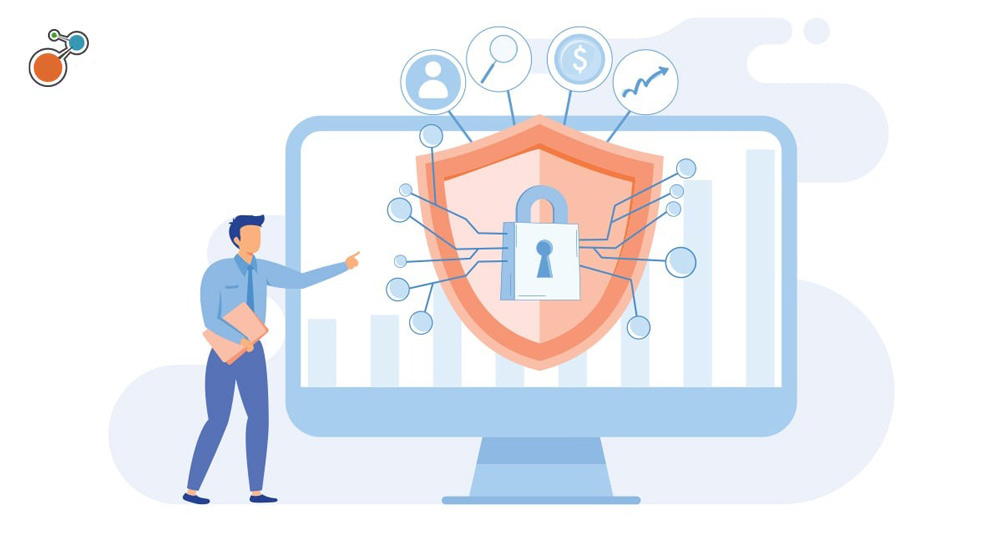Data can be daunting especially for risk managers and patient safety professionals who deal with vast amounts of data from many different systems. Add to that the complexities of consolidating data and then transforming it into meaningful information for your organization, and you might be tempted to ignore it altogether. But in today’s world that’s not really an option.
It’s critical that your risk and patient safety data is easily managed, analyzed, and transformed into actionable information for better, more informed decisions. If not, it can lead to very real financial, operational, and strategic costs, as well as patient and employee safety issues. Most Risk Managers aren’t data experts or scientists. As a result, it is imperative that you identify and select partners (both internally and externally) to help you better understand your data, how to implement data management best practices, and how to leverage analytics for deeper, more meaningful insights. As a partner to many healthcare organizations on this, here are my tips on how to establish an effective healthcare risk analytics program in your organization.
1. Define and prioritize goals. Most healthcare risk departments are focused on lowering total cost of risk, preventing adverse events and improving patient and employee safety. But what other goals do you want to accomplish? Do you have specific scenarios or trends that need to be better identified? Are there strategic initiatives that you need to support? It is best to define your goals upfront so that you know exactly what you are trying to accomplish with your healthcare risk analytics program.
2. Determine how you will measure success. Once you have defined and prioritized your goals, it is critical that you define what success looks like and obtain buy in from senior management and other key stakeholders in the organization. In my experience, many people overlook this step and at the end of the year did not meet the expectations of their stakeholders because success criteria wasn’t defined up front. Done at the start, this will allow you to articulate the effectiveness of your team’s great work, and the impact you have had on your organization. Also by defining your goals and determining how they will be measured, you can identify the resources and budget required to successfully meet them.
3. Identify and engage the team of partners and stakeholders that will help you. The team should include internal stakeholders such as members of your patient safety teams, quality teams, risk management, human resources, finance departments and (of course) your IT department. Externally, you should consider input from your Risk Management Information System (RMIS) vendor, Patient Safety Organizations, insurance broker, actuaries, and third party consultants. Together, you can work with your team to start gathering, organizing, accessing, aggregating and finally, analyzing your data.
4. Launch your improved healthcare risk analytics program. This could require modifications to an existing process, or perhaps even starting from scratch. Regardless, here are a few things your team should consider before launching.
- How will you share (or link) your patient safety data with your risk and / or claims data? This is often overlooked or ignored. If you are not able to link safety data with claims and risk data your ability to make effective business decisions can be compromised.
- Use common, or standard, taxonomies. Whether location hierarchy, or terminology for common fields (like incident data, loss data, or date of notification as examples), having a common taxonomy with established and documented data definitions will make the process of data aggregation easier, faster and more effective. Using common or industry standard taxonomies is especially helpful when working with external organizations. The Agency For Healthcare Research and Quality’s common formats are an example of a standard taxonomy that is used and provides the ability to externally share data more easily, and more accurately.
- How seamlessly can you transfer data between systems? ADT, EMR, lab systems, pharmacy systems, billing, scheduling, HR, security systems … all of these systems can be sources of data that healthcare organizations may need to aggregate for effective analytics. This can be challenging and expensive. However, if done correctly, the investment will be well worth the effort. Work closely with your IT department and RMIS vendor to be as effective as possible.
- How secure is your data? We have all heard of the recent healthcare data breaches in the news. One of the most important considerations when establishing your data and analytics program is data security. Data security isn’t just about internet applications, servers and browsers. It is also about control of your data … through reports, user access and interfaces to and from other systems. Data security should be a fundamental component of your healthcare risk analytics process.
5. Measure and Improve. Is your new data and analytics process effective? What improvements can you make so data can be shared more easily and accurately? Are there additional systems you would like to share data with or a new report you think would be beneficial for your organization to have? Utilizing the same approach used in corrective action plans for patient safety programs may be helpful. Assigning a responsible party, metrics for success, and defined timelines for measurement of success can help uncover the impact of your healthcare risk analytics program.
Investment in healthcare risk analytics is important and the benefits are clear. You will have agreed upon success criteria to work towards, be able to see the direct effects of your team’s work, have better insights into trends and patterns that are causing your risks and exposures, understand the likelihood and impact they have on your organization, and determine what to do to prevent, reduce or eliminate them.
All of the information and knowledge you receive will allow you to achieve the goals you defined at the beginning of the process. And, the impact you will have made through lowering your organization’s total cost of risk and improving patient and employee safety will far outweigh the investment needed to set it up.
Happy analyzing!




